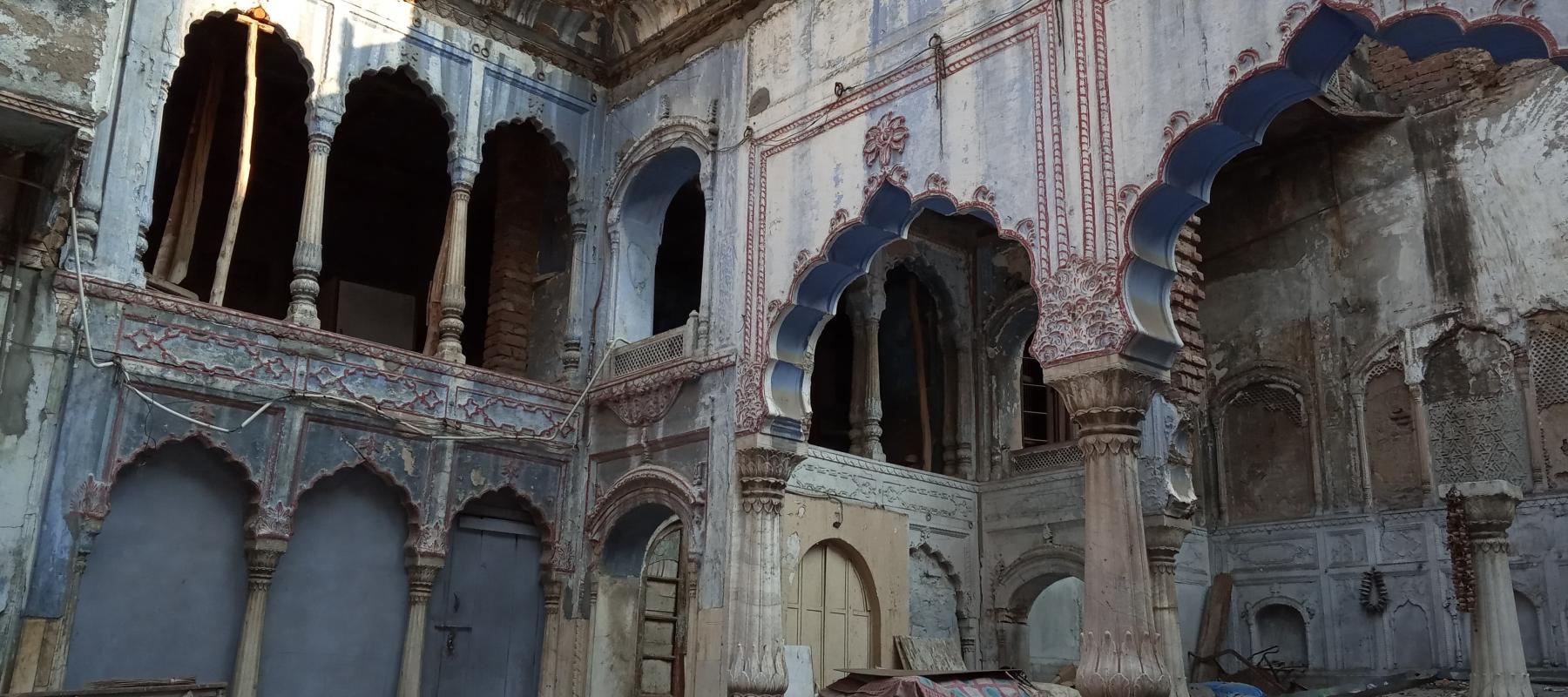The walled city of Shahjahanabad, founded in c. 1639, was planned as an imperial Mughal city by Shah Jahan. After moving his capital from Agra, he sought to mark his new city with symbols of Mughal kingship. Centuries after multiple popular uprisings, peoples' reclamations and attempts at erasure, we look at the remnants of the Mughal Empire in the streets, mansions, temples, mosques, trades and languages of Shahjahanabad. In the course of this walk, we will 'see' and 'read' Mughal history in mohallas and kuchas, instead of the royal fort. Be it a cusped arch or an axial streetway, places like Dariba Kalan and Katra Neel—now inhabited by silversmiths, bankers, planters and priests—still carry relics of the Mughal Empire.
This guided tour is free.


